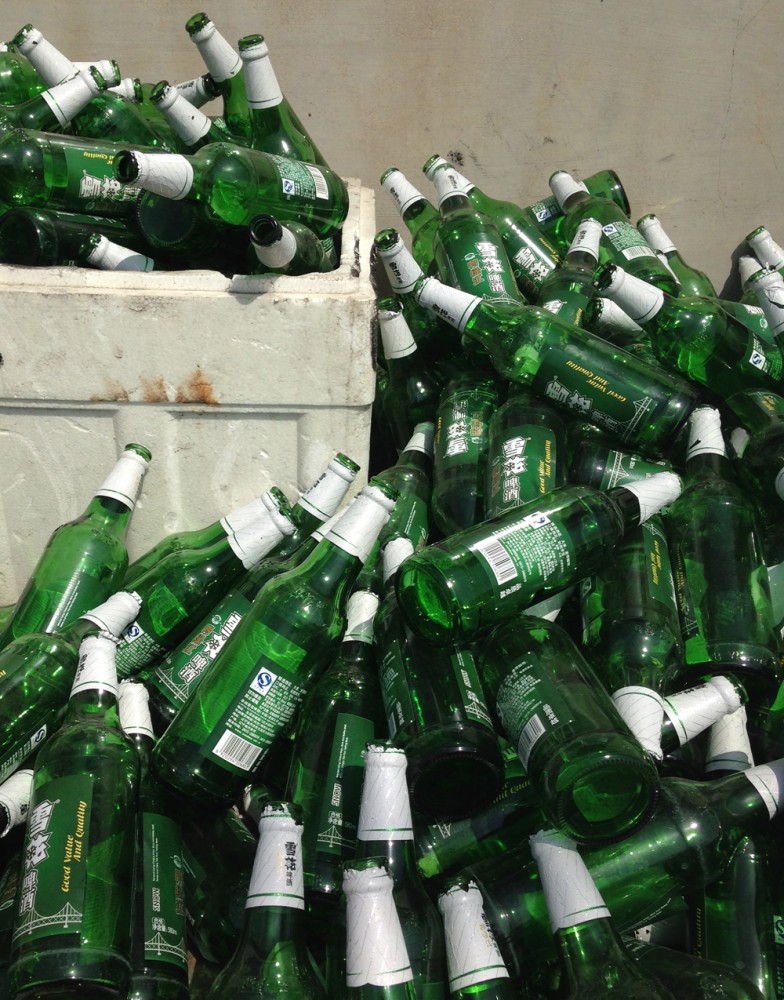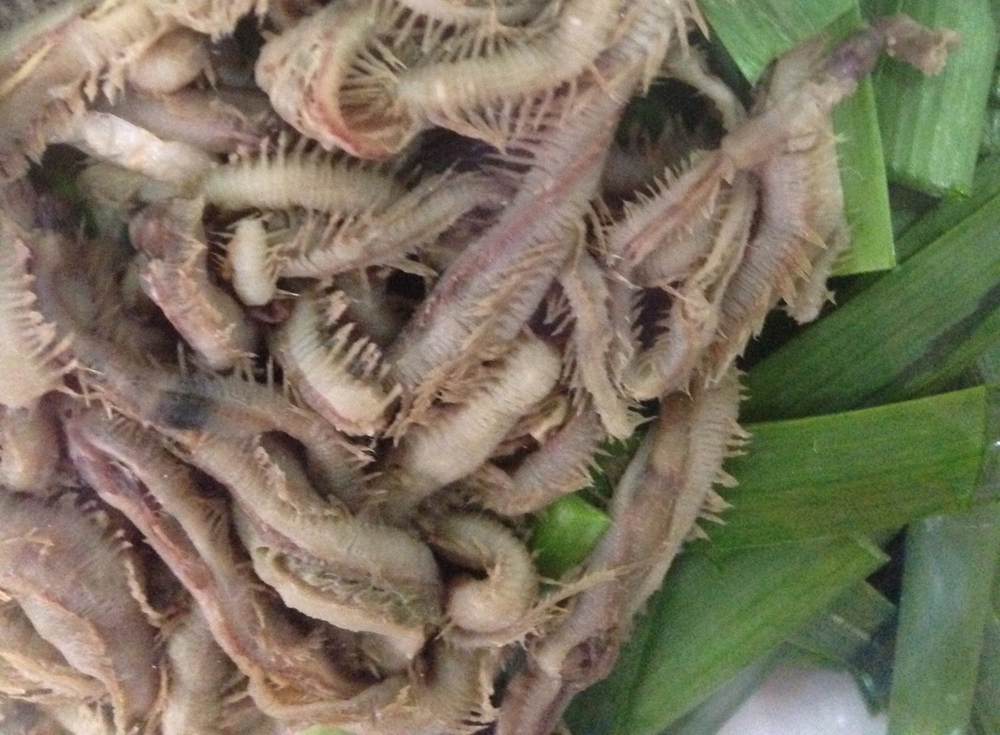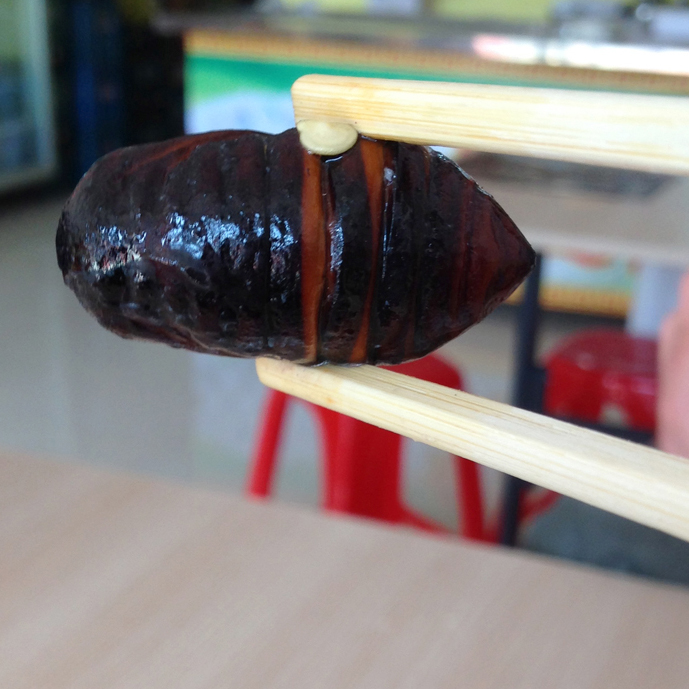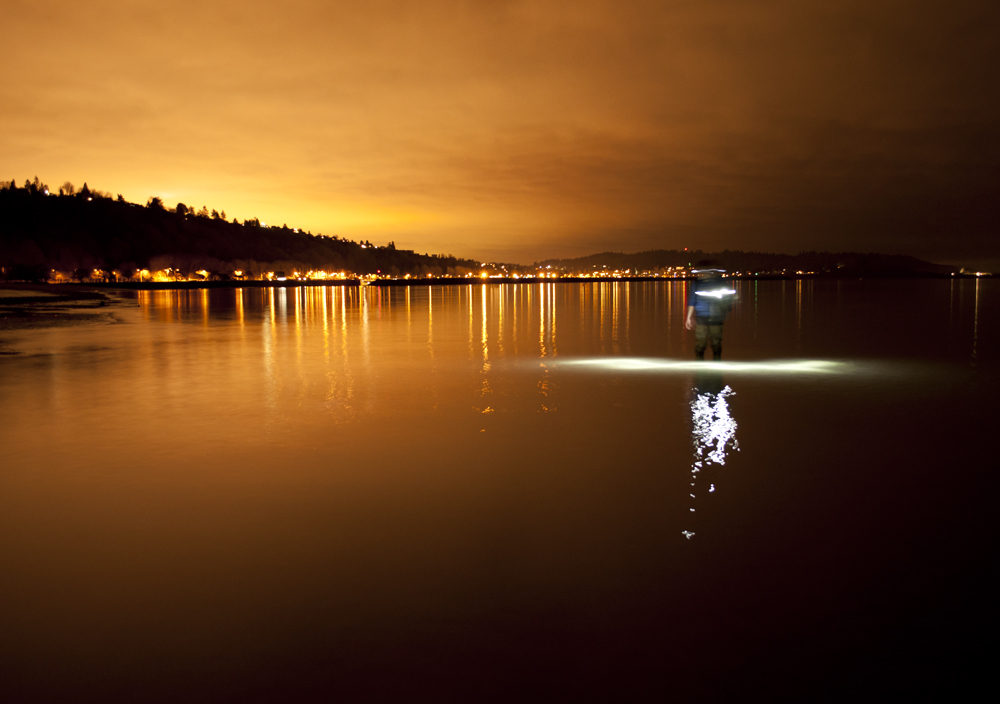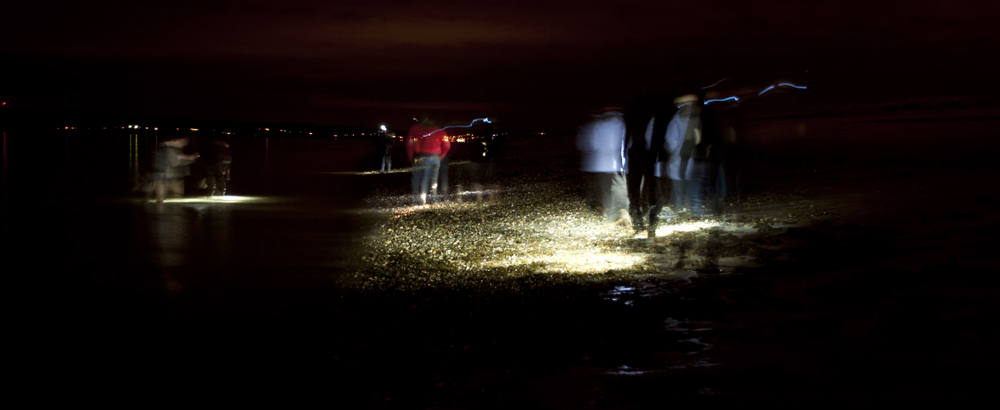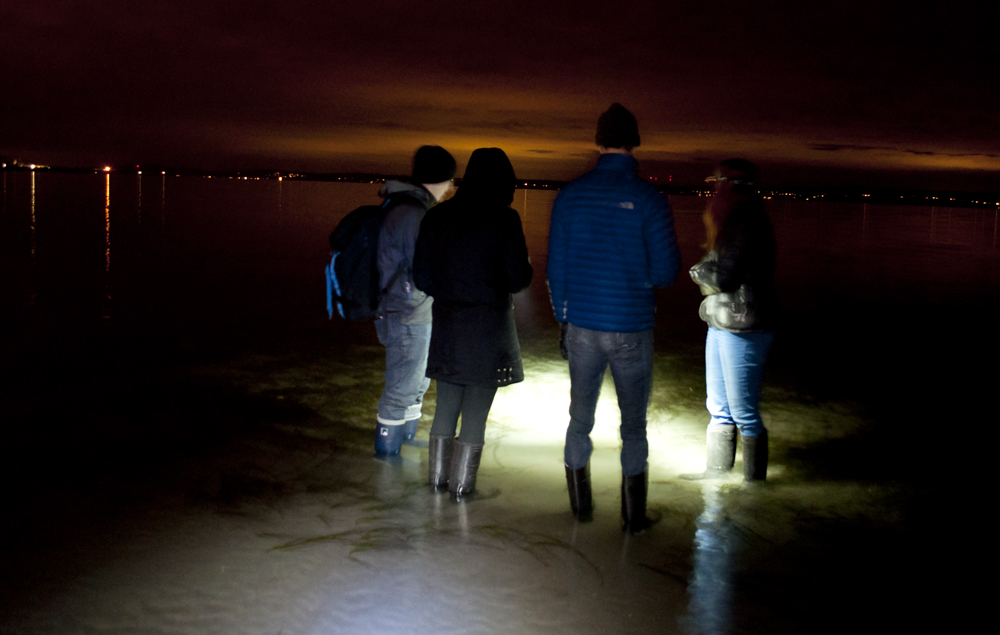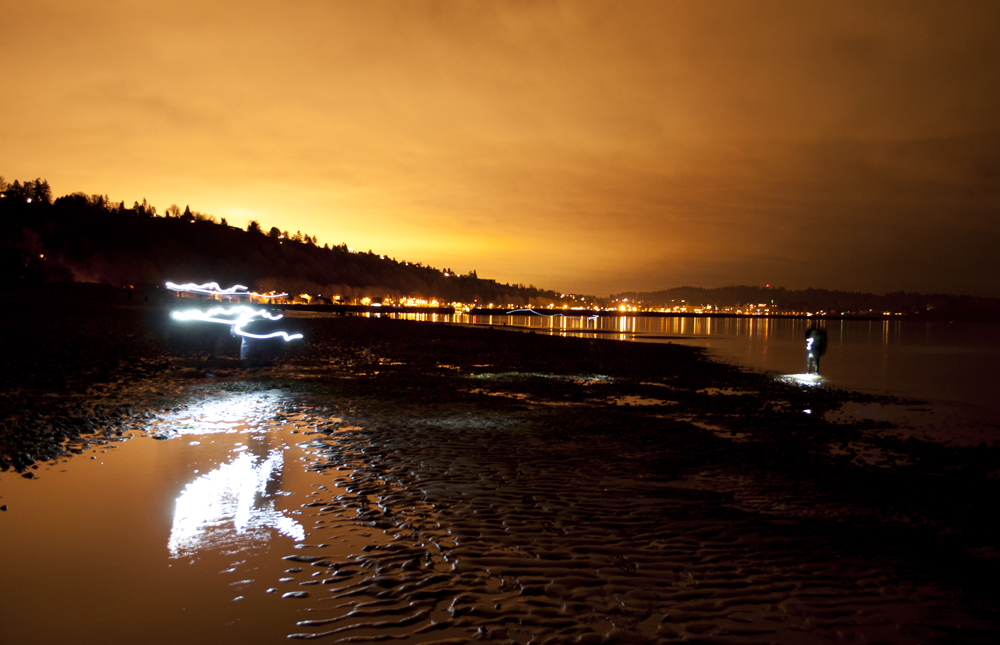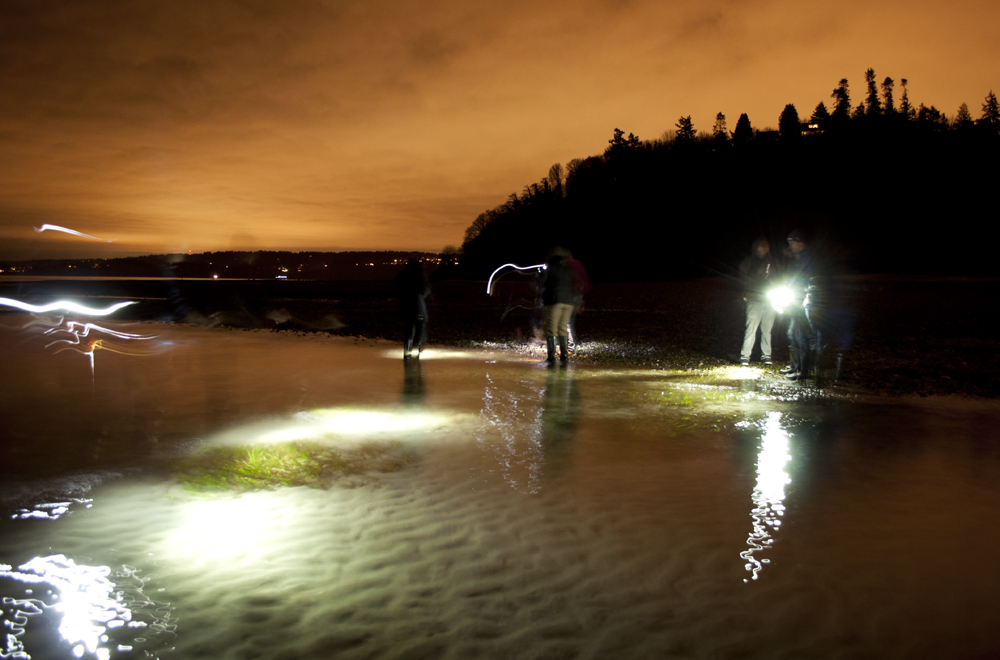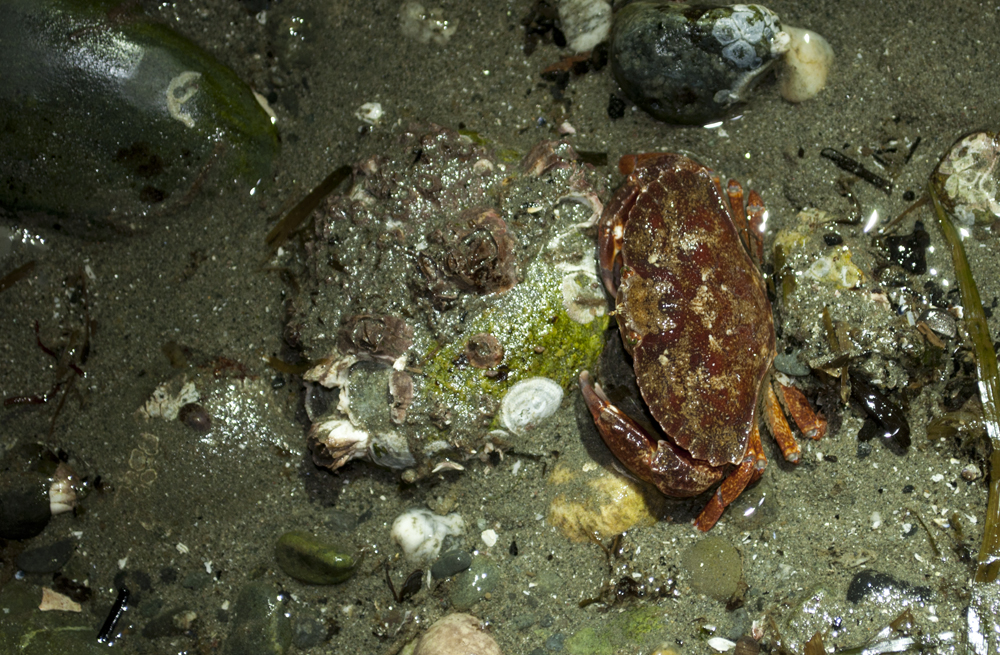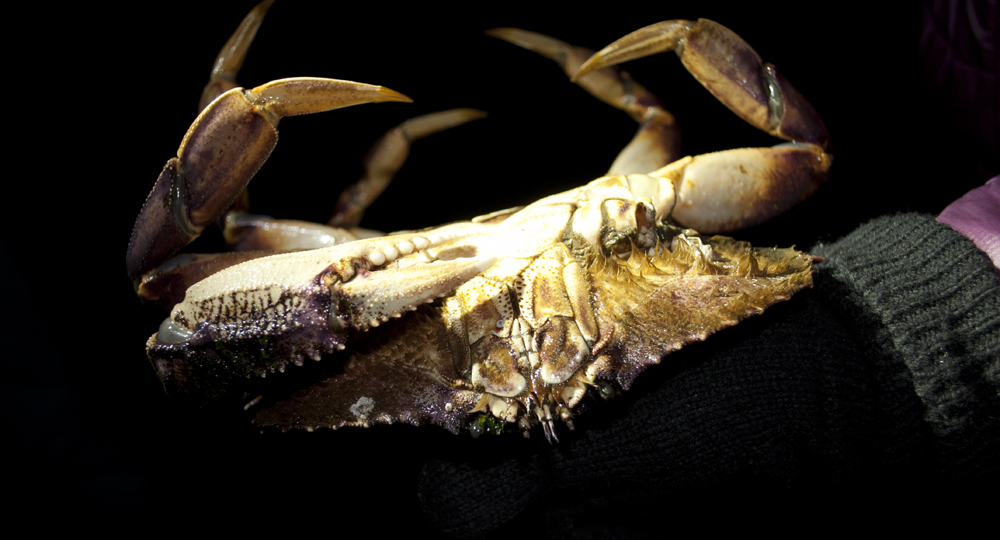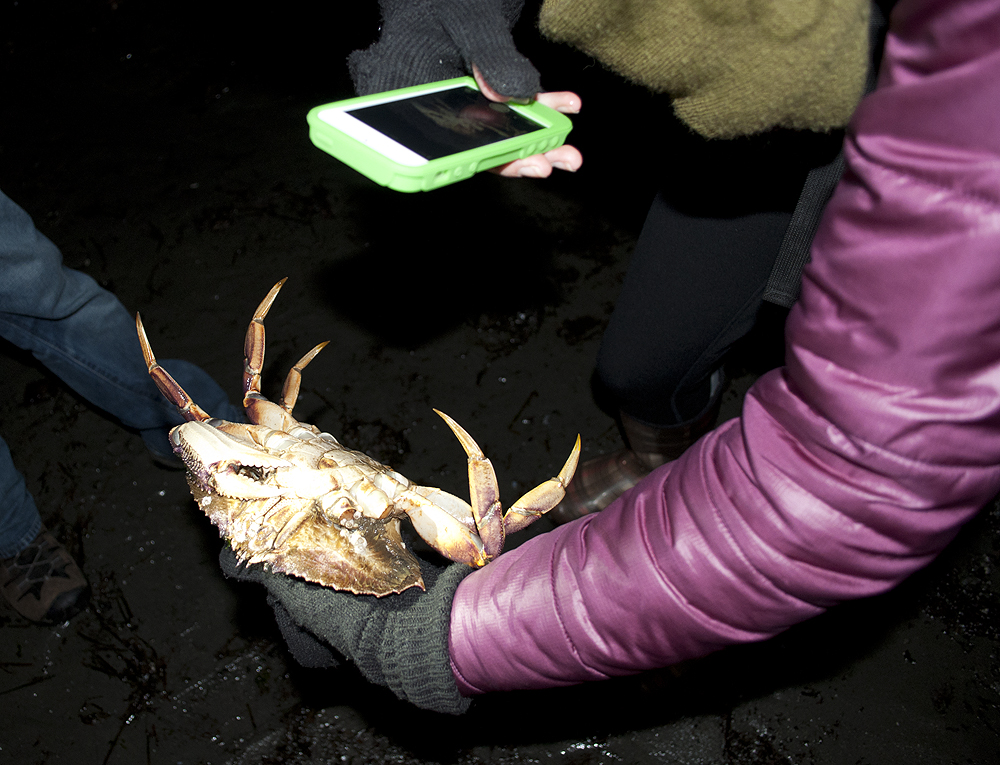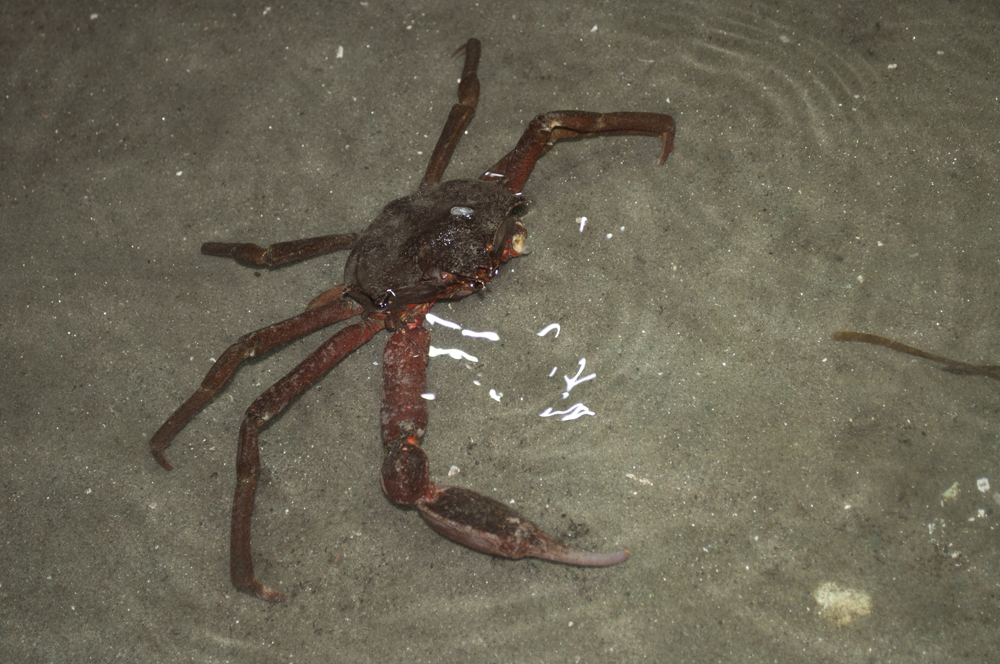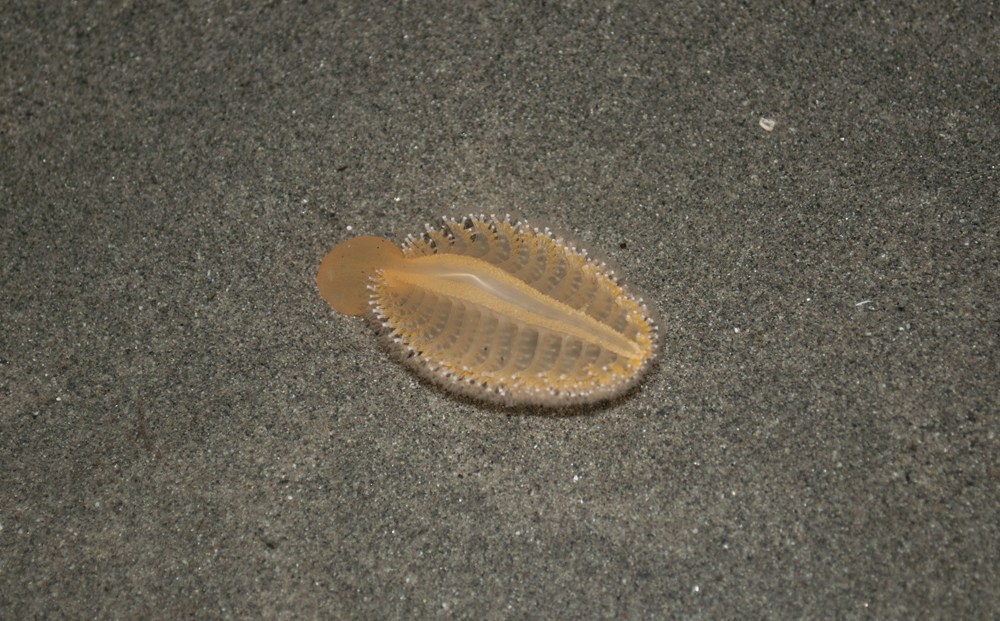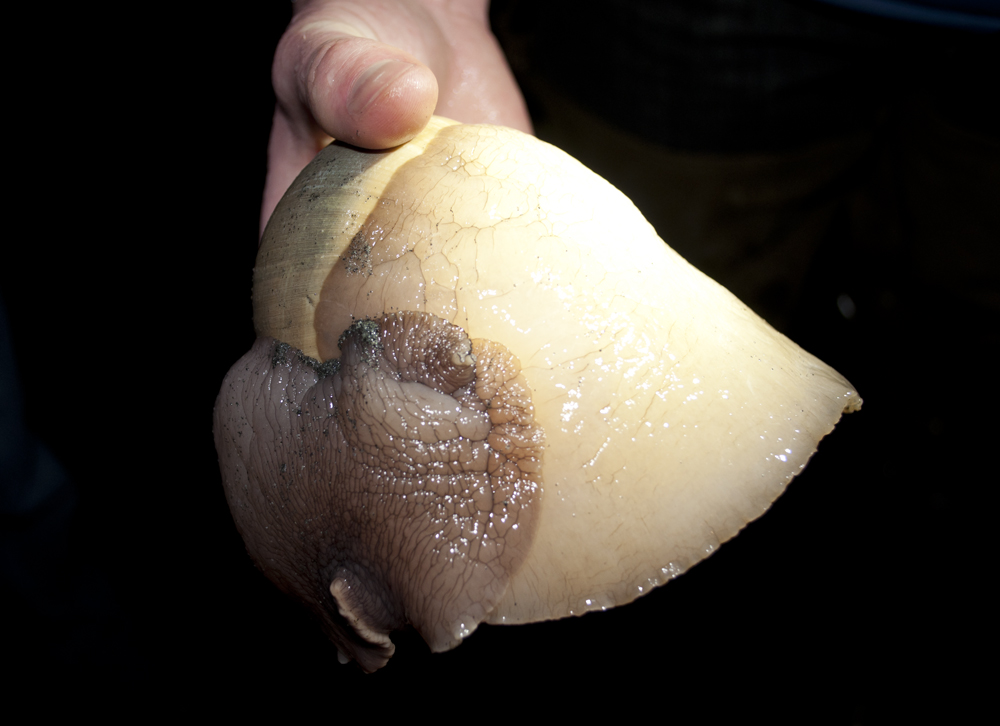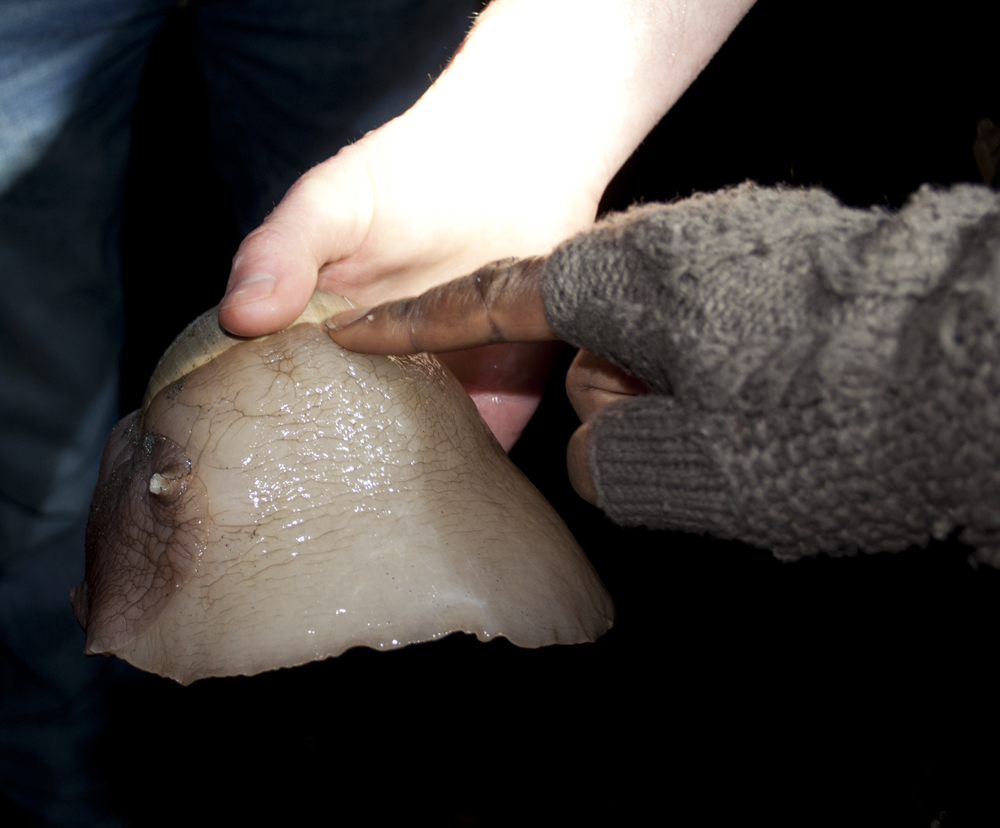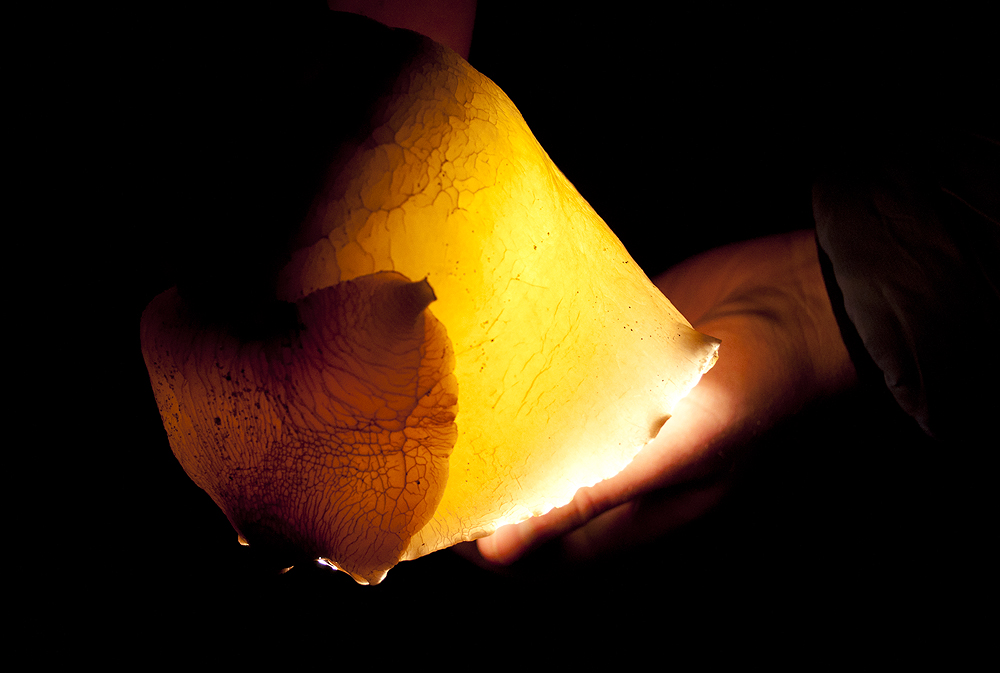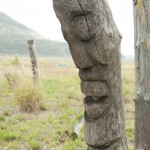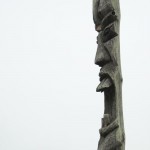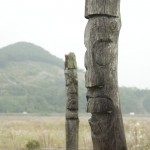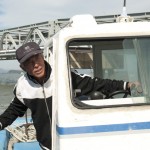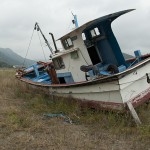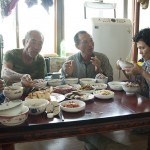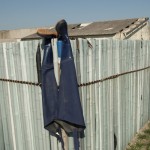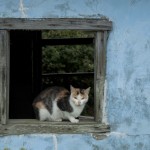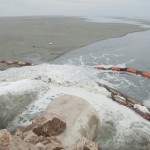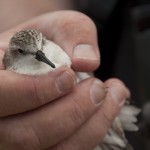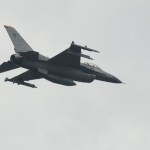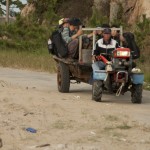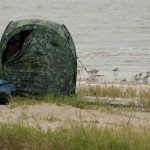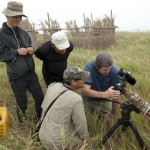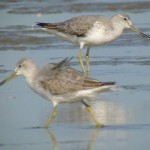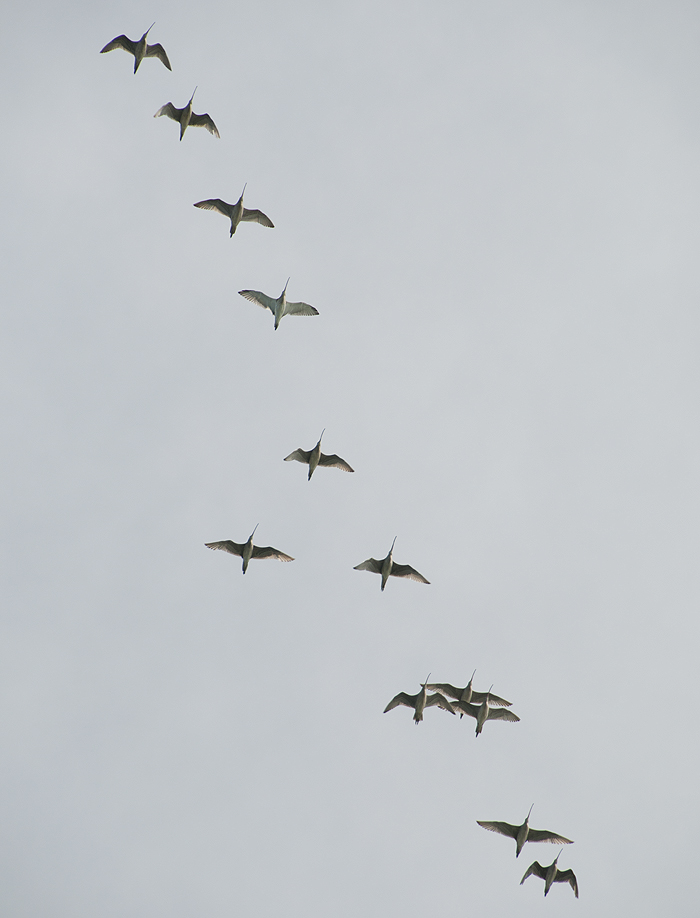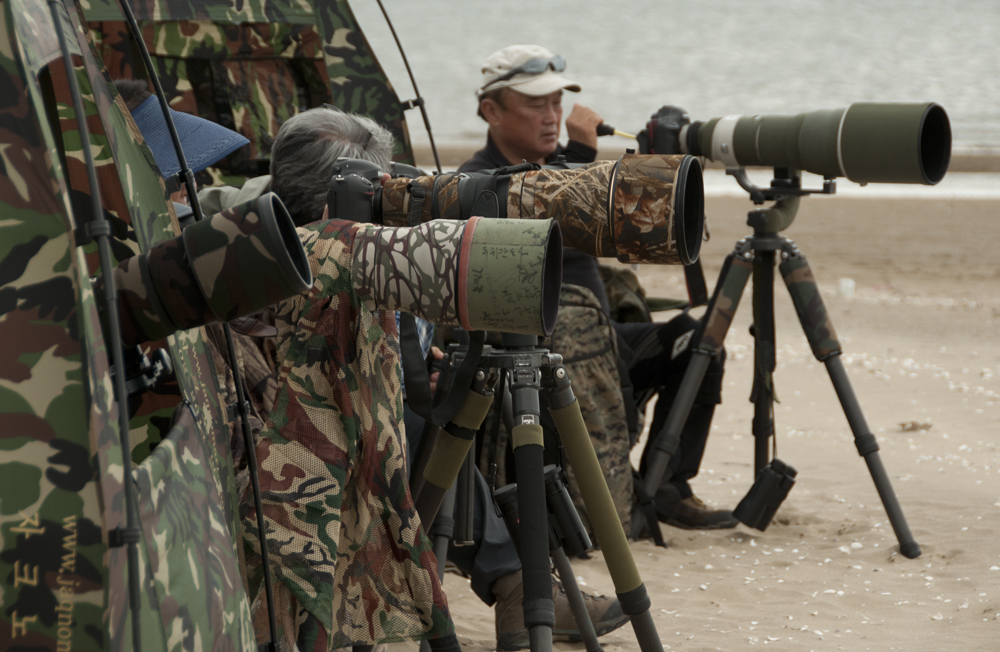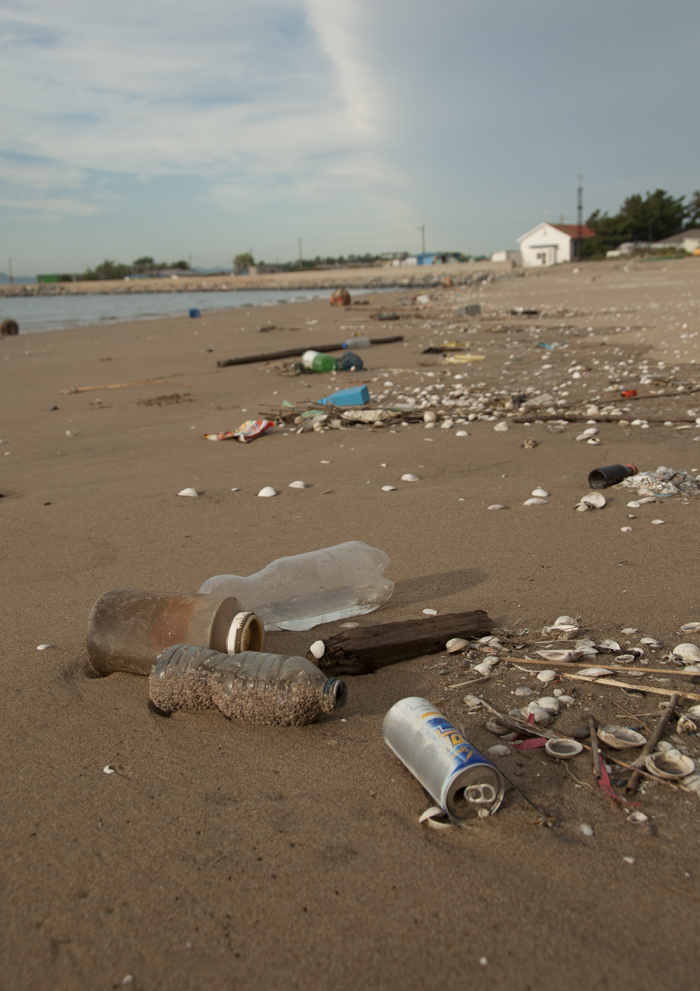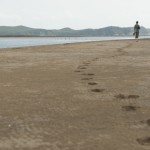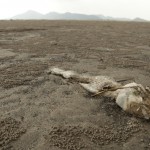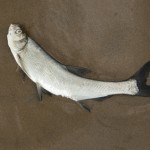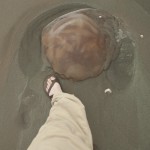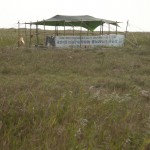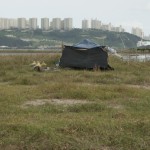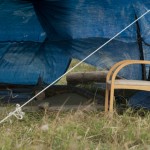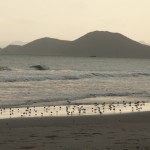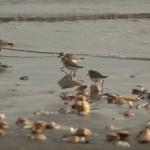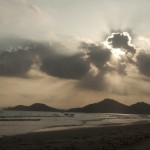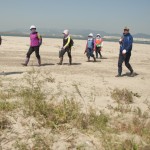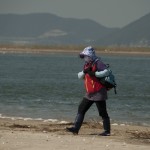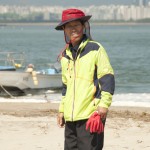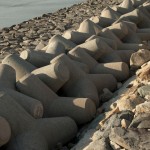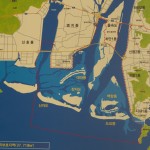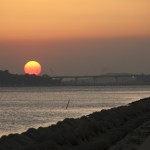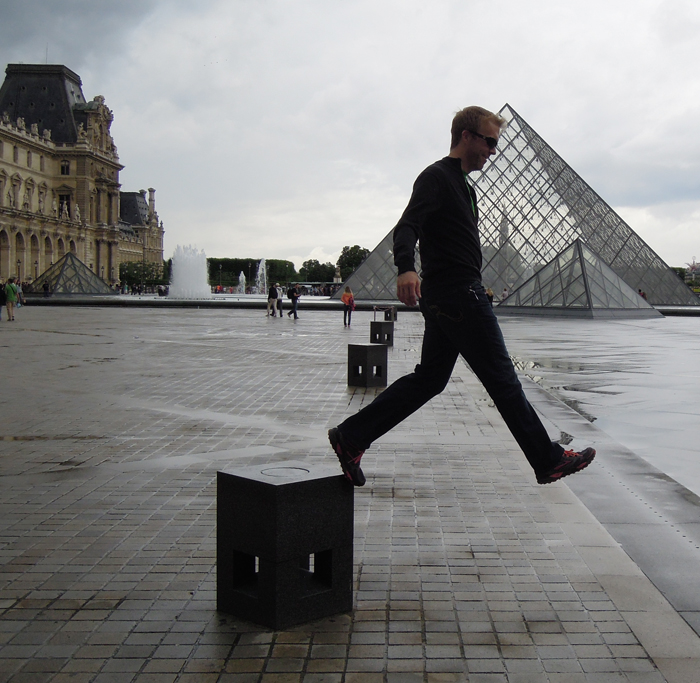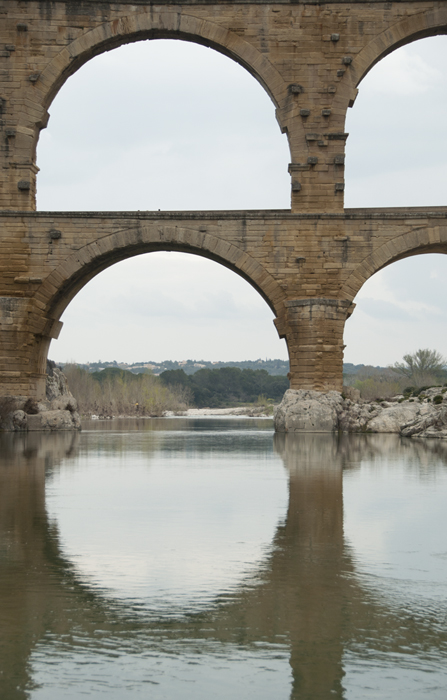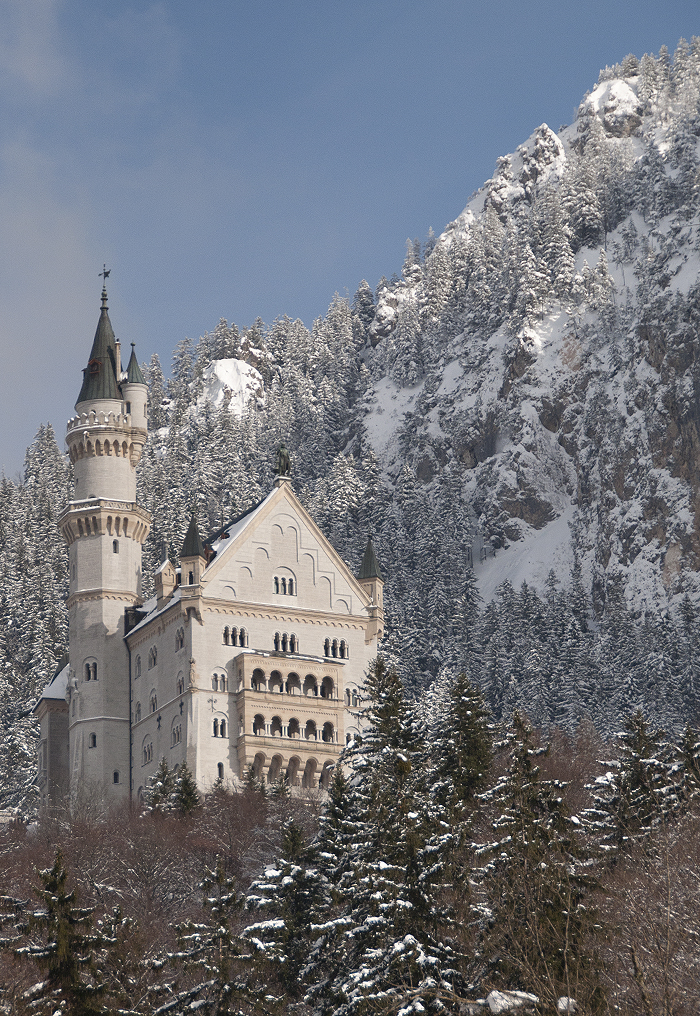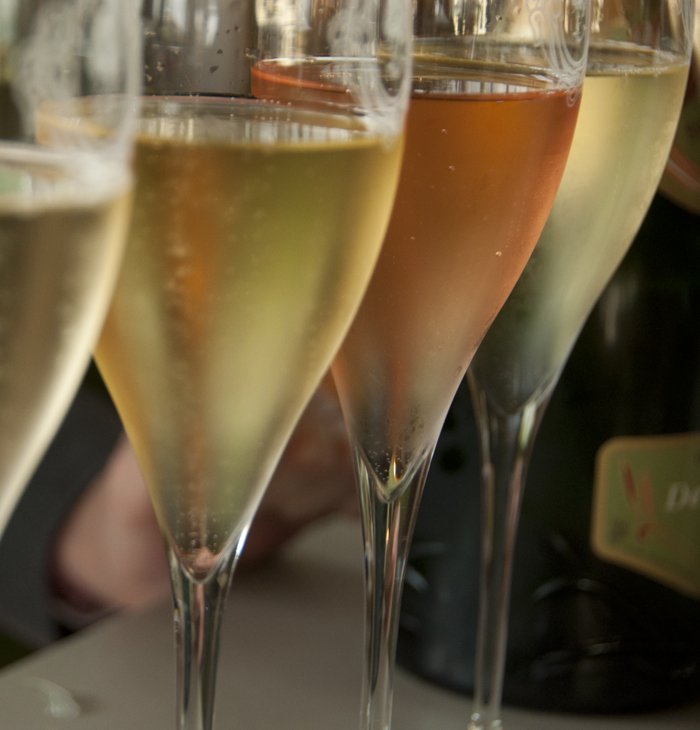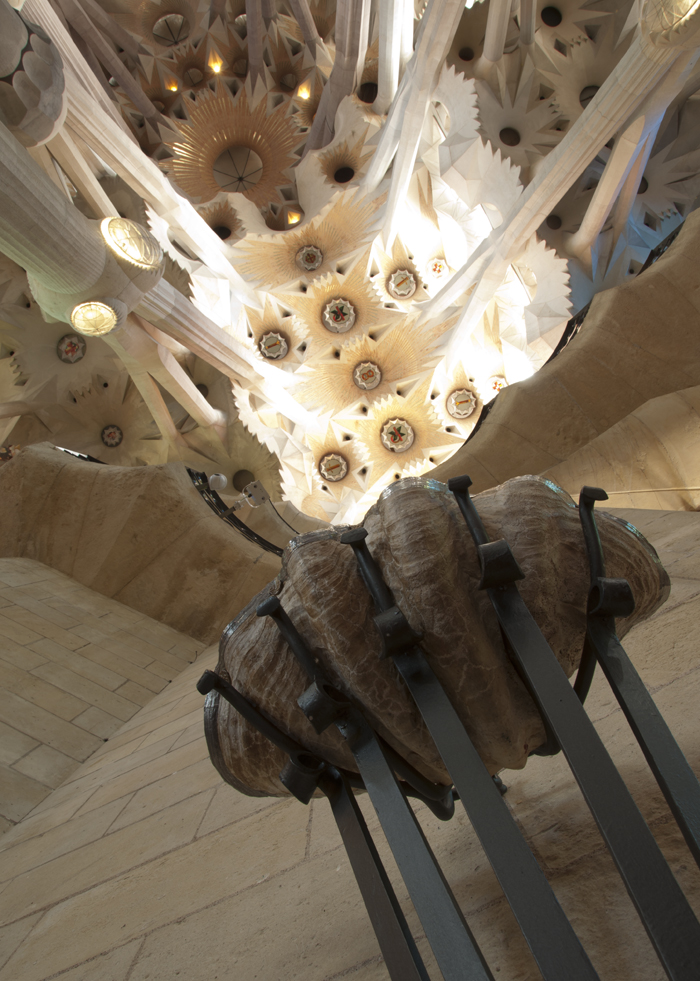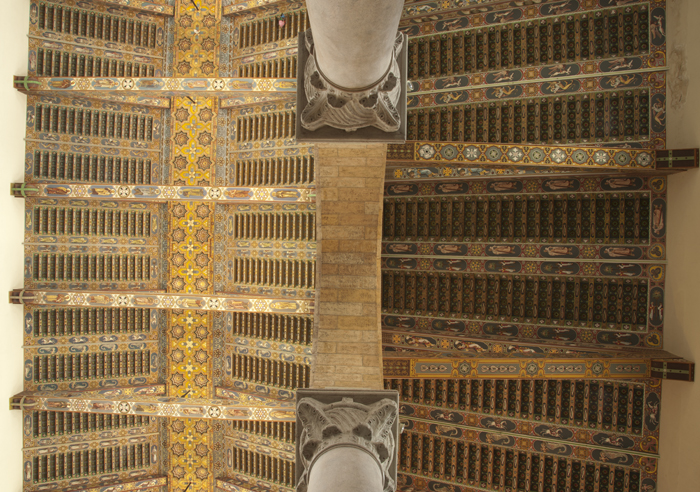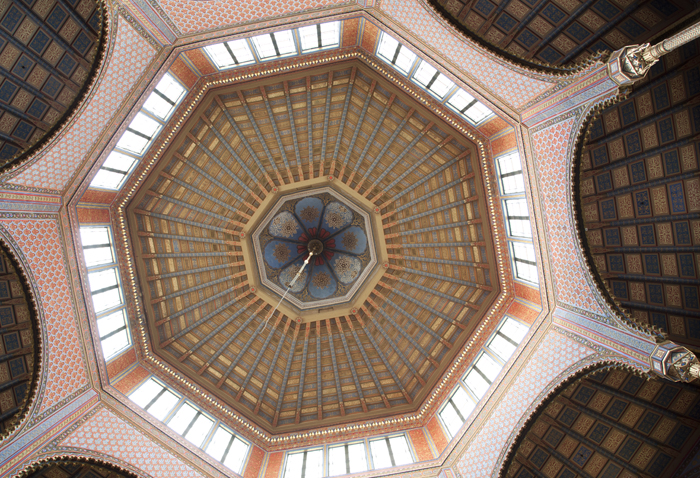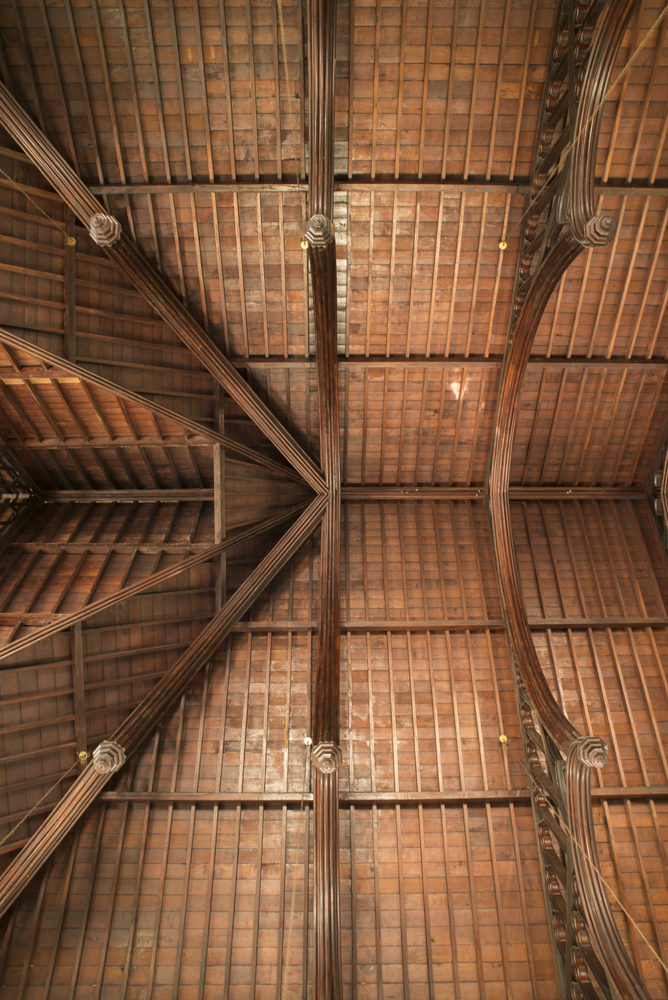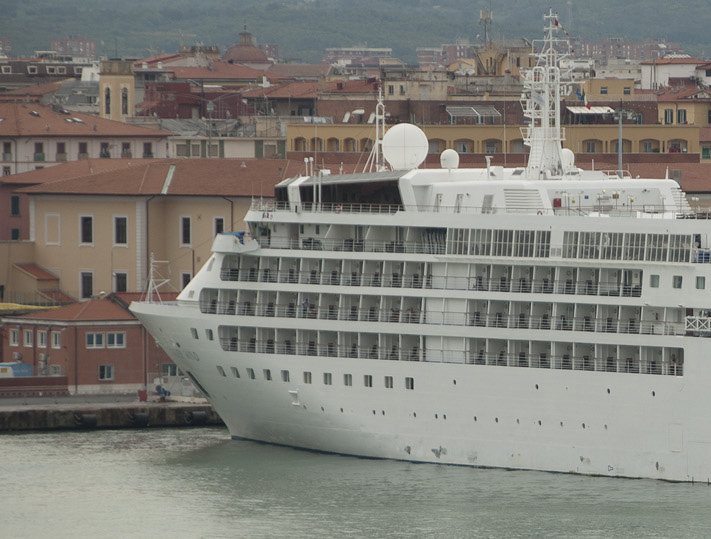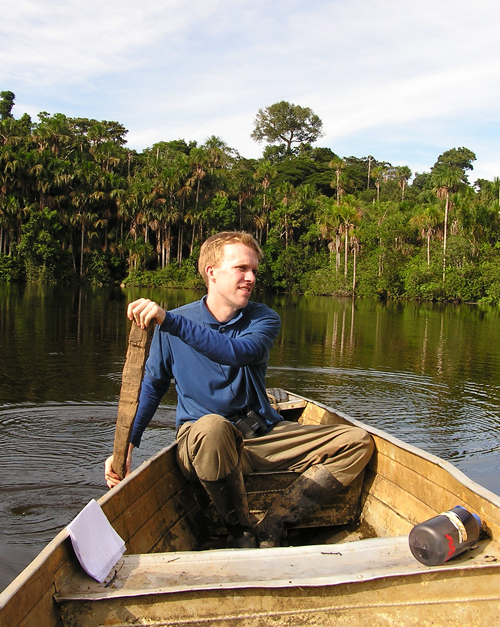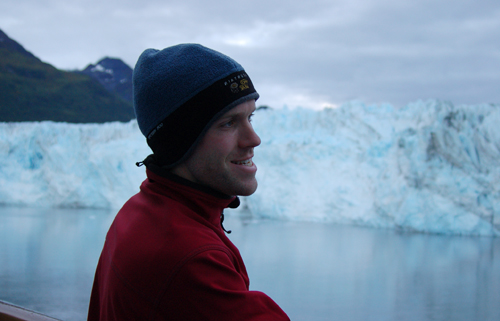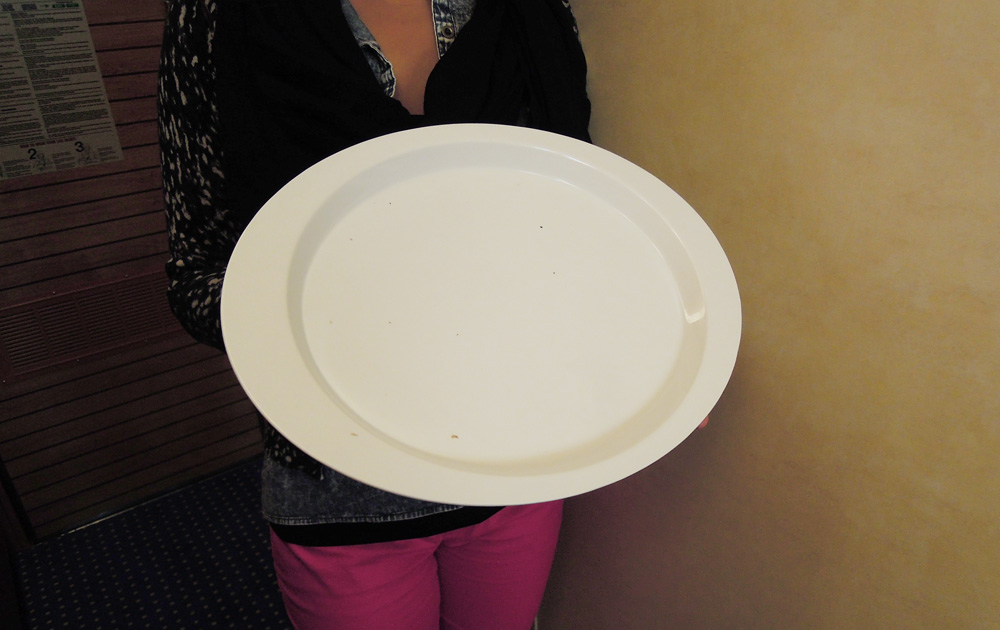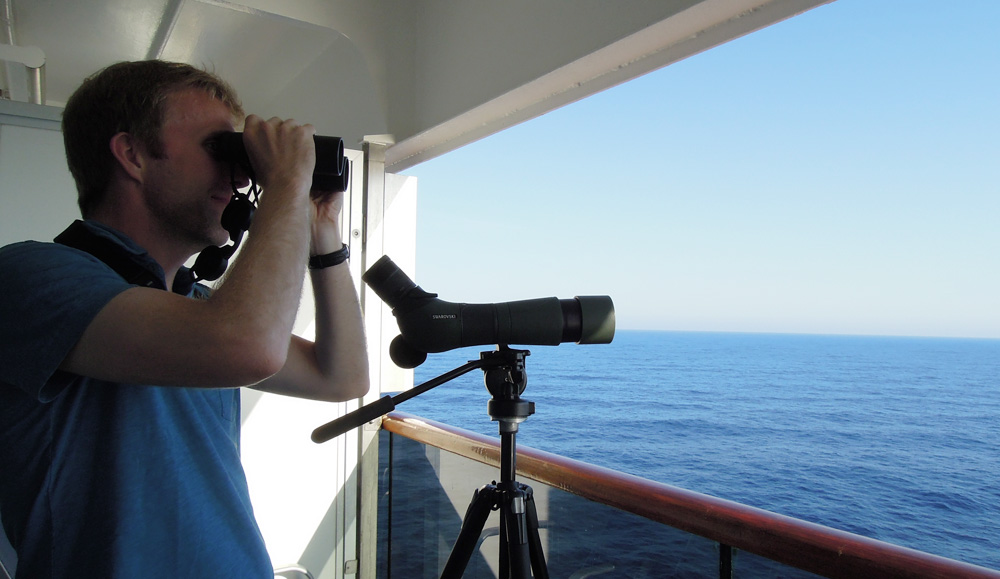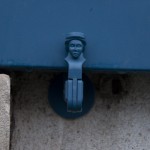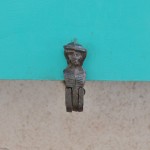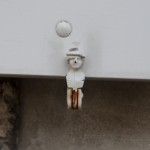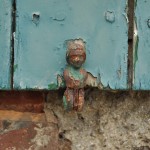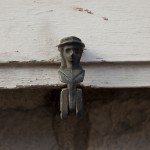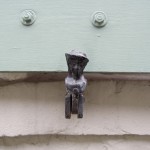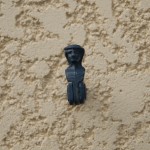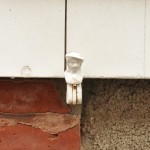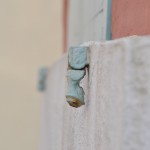If you’ve been out of the country, you’ve had this experience. Maybe it was a smell, sight, sound, or perhaps a taste—something caused you to stop and think to yourself “man, that sh*t would not fly back home.” Some travelers may cast judgement on the offending odor, taste, or action, while others acknowledge that a new culture comes with new norms. Either way, it’s why we travel.
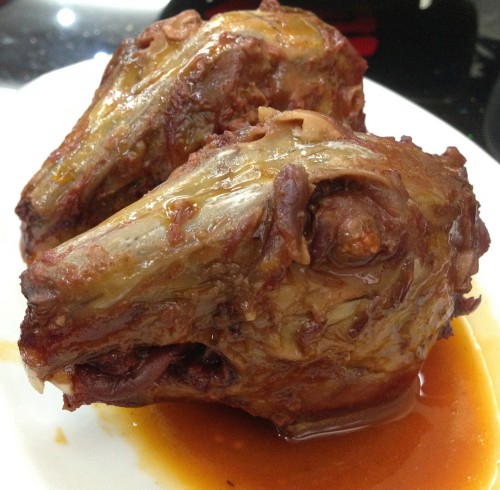
My wife and I lived in Paris for a year, and after the umpteenth time murmuring this phrase in disbelief, I finally decided to write some of them down. It was fun exercise, one I promised to continue.
Then I booked a trip to China.
Most Westerners don’t need to travel here to know this country will challenge most sensibilities. It seems Western media can’t mention China without showing smog-obscured skyscrapers or street vendors serving stir-fried crickets. It was my third trip to this country so I was ready for the onslaught.
I nearly ate “Man’s Best Friend” in the process. Nearly. And I can’t wait to go back.
“Let Me Clear My Throat”
Once you land in China, it likely won’t take long for you to hear someone violently clear the contents of their bronchial tubes—a sound about as pleasant D.J. Kool’s 1996 release “Let Me Clear My Throat.” Most often the sidewalk will be the end recipient of these mucous expulsions, but handkerchiefs, paper brochures, garbage bins, and planters are all likely receptacles. But, if I had to hazard a guess, the floor of an elevator, restaurant, bus, or plane may test most Western sensibilities.
Brace your ears for the vulgar sound and be sure to check the surface before you set anything down, including your derrière. On a positive note, if the notoriously poor air quality of China negatively affects your lungs, don’t be shy.
Wide Boulevards to Nowhere
 We spent a week in Dandong near the Chinese border with North Korea, an area that has seen massive development in recent years. According to commercials on the English language channel from Chinese Central Television (CCTV), this location is poised to be the next major port to northeast Asia. Large patches of grasslands and mudflats were reclaimed to house factories and office buildings with massive six-lane arterials to connect them all. Unfortunately, the hive of commerce has yet to materialize—buildings lie dormant and the massive arterials remain unused save the periodic scooter. Meridians have become overgrown with weeds and, courtesy of extreme winters, potholes are numerous.
We spent a week in Dandong near the Chinese border with North Korea, an area that has seen massive development in recent years. According to commercials on the English language channel from Chinese Central Television (CCTV), this location is poised to be the next major port to northeast Asia. Large patches of grasslands and mudflats were reclaimed to house factories and office buildings with massive six-lane arterials to connect them all. Unfortunately, the hive of commerce has yet to materialize—buildings lie dormant and the massive arterials remain unused save the periodic scooter. Meridians have become overgrown with weeds and, courtesy of extreme winters, potholes are numerous.
Sharing Plates
When you eat out in a Chinese restaurant, expect that your meal will include a starch (i.e. rice, noodles, or dumplings), a meat dish, and a vegetable dish. Our Chinese hosts made sure every meal maintained this balance, even though most meat dishes contained vegetables, most vegetable dishes contained meat, and starch dishes included both meat and vegetables. Also expect that aside from a personal bowl of rice, your meal will be served family style without serving utensils. That’s right: everyone eats directly from shared plates with their chopsticks making repeated trips to and from attendee’s mouths.
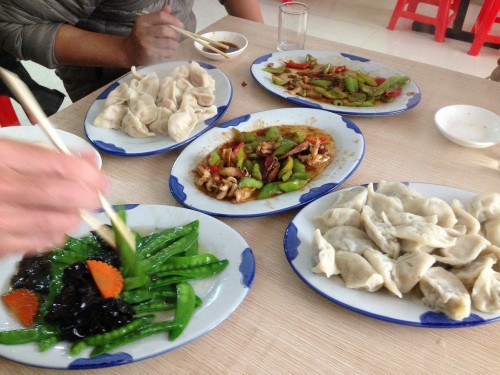 As an only child, it was obvious to me that the Chinese – a country of mostly only children courtesy of the One Child Policy – are remarkably good sharers.
As an only child, it was obvious to me that the Chinese – a country of mostly only children courtesy of the One Child Policy – are remarkably good sharers.
In the United States, it’s considered rude if a diner so much as reaches over someone else’s plate in case a microscopic skin flake should fall from their arm. And if the same tortilla chip makes two trips to the same bowl of salsa – i.e. “double dipping” – you might as well lick your hand and slap it across the face of your host.
Despite the apparent lawlessness that permits this reckless exchange of germs, there are rules that should be followed when sharing plates in China:
- If you grasped a morsel with your chopsticks, you’re committed and can’t leave it on the plate, despite the notoriously waxy surfaces of Chinese chopsticks between bumbling American fingers.
- If a tablemate is clearly moving towards a specific morsel, it’s been claimed: sticks off.
- If you think that a grasped morsel has too much sauce on it, you can gently rub it off on the side of the platter or dip it in your personal bowl of rice but do not shake it off over the plate.
No matter where you fall on communal dining, the large rotating tabletop (“Lazy Susan”) that was born from it is great fun. But be mindful of the poised chopsticks of your tablemates before spinning and, for the sake of glasses of tea and beer, keep an eye on overhanging plates.
Babies with Assless Chaps
I don’t have a picture of this, but you have to take my word for it: it’s commonplace to see babies who, instead of diapers, sport crotchless pants. I applaud the reduction of disposable diapers in our landfills, but it does beg the question, where does a baby “go” when the time comes? It’s hardly a large sample size, but I’ve seen a mother hold her baby over a planter, and another lay out newspaper on the floor of a department store.
All sorts of animals for food
 If it has legs, fins, or wings and a pulse, chances are good that it has graced a Chinese dinner plate at one point or another. Cat, dog, turtle, jellyfish, snake, silkworm pupae—the list is darn-near infinite.
If it has legs, fins, or wings and a pulse, chances are good that it has graced a Chinese dinner plate at one point or another. Cat, dog, turtle, jellyfish, snake, silkworm pupae—the list is darn-near infinite.
Americans prefer our protein choices to be simple: beef, chicken, pork, fish, or seafood. But we don’t like to be reminded of the repercussions of our dining choices (that’s why we don’t call it “pig” and “cow”). Sure, we understand that the animal we just consumed had eyes, but we prefer preparations that keep our blissful ignorance intact. But in China the heads of animals are blatantly served as their own course – eyes and all – with nothing more than a white plate and a pair of chopsticks (I now know the different techniques to crack open the duck and rabbit skulls with one’s teeth).
In fact, it’s difficult to walk into a restaurant in China without looking your potential dinner straight in the face, whether it be a pufferfish, octopus, turtle, or crab. A friend found a civet and two species of heron in the kitchen of a small restaurant in southern China.
I pride myself on being an adventurous eater. Some of the Chinese dining choices may test American palettes and sensibilities, but I recognize that some of my choices are equally offensive to other cultures, e.g. beef to Hindus and pork to Muslims and Jews. If I’m presented with an opportunity to try a new type of meat, and the species isn’t endangered, chances are good that it will wind up in my mouth.
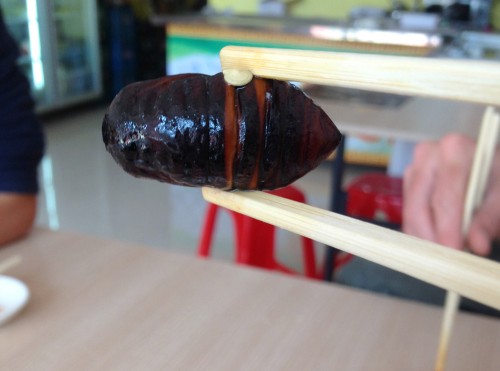 Silkworm pupae were offered at many restaurants in northeastern China. “I am definitely trying that at some point,” I casually mentioned to our guide, having decided that it would be a noteworthy stamp in my culinary passport.
Silkworm pupae were offered at many restaurants in northeastern China. “I am definitely trying that at some point,” I casually mentioned to our guide, having decided that it would be a noteworthy stamp in my culinary passport.
“Okay,” he responded, and handed me two of the kumquat-sized brown larvae straight from the refrigerator. I’d expected that they’d be prepared with some flavorful sauce and, well, not served so … raw. But I no longer had an option: the exchange had attracted the attention of the restaurant proprietor and an adjacent table of customers already intrigued by the presence of westerners.
As soon as the cold exoskeleton hit my tongue, I knew that my expectations for how the meal should have been prepared no longer mattered. I positioned it between molars and braced myself; the inevitable “pop” brought forth a rush of cold fluid the viscosity of expired milk. Despite being a consistency that would find most palettes heaving, aside from a slight saltiness, it was quite bland.
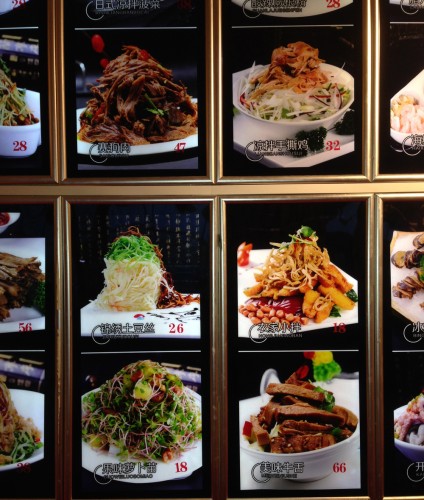 I gave a “thumbs up” to all the expectant, and now slightly disappointed, onlookers in the room and gave myself a pat on the back for not dousing my tablemates with the contents of my stomach. I finished the second one before my taste buds had the opportunity recover from the shock of the first. Fragments of the exoskeleton remained between my teeth as a reminder of the experience.
I gave a “thumbs up” to all the expectant, and now slightly disappointed, onlookers in the room and gave myself a pat on the back for not dousing my tablemates with the contents of my stomach. I finished the second one before my taste buds had the opportunity recover from the shock of the first. Fragments of the exoskeleton remained between my teeth as a reminder of the experience.
The menu at the restaurant in our five-star hotel filled the entire wall with beautiful images of potential entrees, very helpful for the non-literate. I selected a dish that looked similar to pulled pork and, almost immediately, our Chinese guide suggested that I find an alternative.
“You won’t like that,” he presumed. “It’s duck.”
“Oh, really? I love duck,” I replied, slightly offended. I take great pride in being able to enjoy any and all foods around the world, and I’ve enjoyed Peking Duck in both Beijing and Seattle.
“No, dock,” he insisted, in his thickly-accented English. It took a second for it to hit me: “Ohhhh, DOG.”
And that’s when I found my line in the sand.
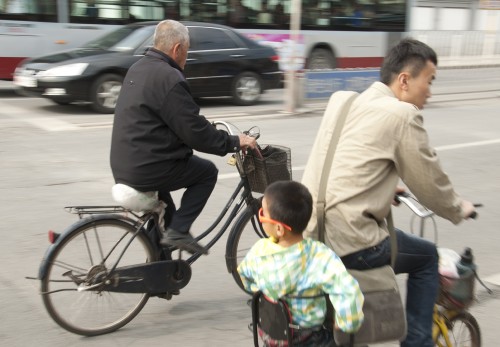 Rules of the Road
Rules of the Road
This title is misleading because, to Western eyes, there appears to be no rules that guide traffic on the road. It’s not that any of our experiences were particularly chaotic (India takes the dubious “life in hands of driver” trophy for me) but if I had to hazard a guess, I think that whoever honks first, loudest, and most assertively is provided with the right of way. Even on lightly trafficked roads, maneuvers that would’ve prosecutable in the U.S. were as diverse as they were numerous: crossing a double yellow line, cutting off fellow motorists, driving directly between two lanes, driving into oncoming traffic (while honking to alert that they should move out of the way), running a red light, and driving down the wrong side of an arterial, to name a few.
My favorite maneuver was taking a free left from one two-way street to another by going down the wrong side of the street and dodging oncoming traffic one lane at a time, eventually getting to the correct side of the street by, of course, crossing a double yellow line.
Finishing Touches
 I don’t consider myself to be very picky when it comes to accommodations but I found some of the finishing touches on our hotels to be a bit surprising. If I pay $10 a night for a hotel, I don’t necessarily expect my pillow to be garnished with a mint every night. Unfinished electrical outlets and a broken shower stall floor that drains straight to the bathroom floor are one thing (my room had both). But I do find it unsettling to have a wall adorned with dried saliva stains, something that could be quickly remedied in two minutes with a damp sponge.
I don’t consider myself to be very picky when it comes to accommodations but I found some of the finishing touches on our hotels to be a bit surprising. If I pay $10 a night for a hotel, I don’t necessarily expect my pillow to be garnished with a mint every night. Unfinished electrical outlets and a broken shower stall floor that drains straight to the bathroom floor are one thing (my room had both). But I do find it unsettling to have a wall adorned with dried saliva stains, something that could be quickly remedied in two minutes with a damp sponge.
Even the absolutely immaculate rooms in our five-star hotel were accessible via a dark, dank hallway with peeling wallpaper and stained carpets. Just different priorities, I’d assume.
Waiting in Queues
If you are waiting in line, fully expect that someone is going to nonchalantly sneak in front of you. In the U.S., even if people are standing several feet away and facing the opposite direction, most people will ask politely if you are in line. Be assertive, keep close to the people in front of you, and you’ll be fine. Feel free to “mean mug” the back of their heads if it helps you feel better.
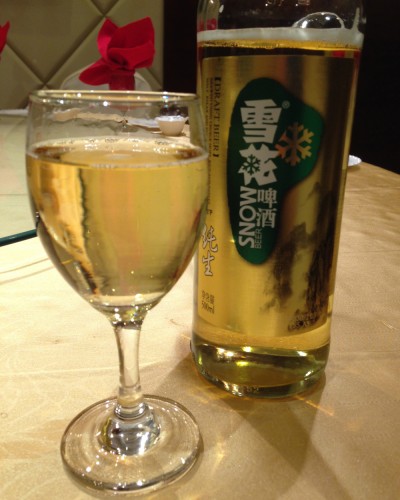 Room-temp Beer
Room-temp Beer
When you order a beer, you should expect that it will be served at room temperature. And if they don’t have cold beer available (some restaurants do) you can take solace in the fact that all beer is cheaper than water. Seriously, stop complaining.
Public Urination
Aside from watching where I step or site wherever horizontal and vertical surfaces meet, as a man I find this social norm to be a relief (literally). I never had to hold it. Sure, others might find it appalling but I imagine that most men could behind this. Especially considering the ubiquity and cheapness of Chinese beer.
